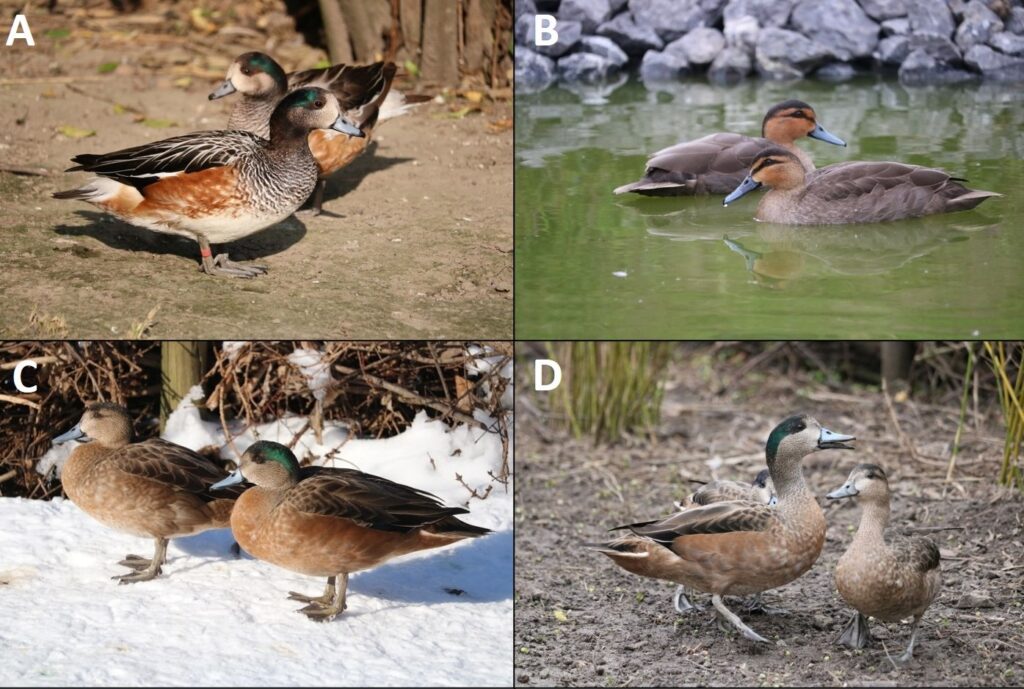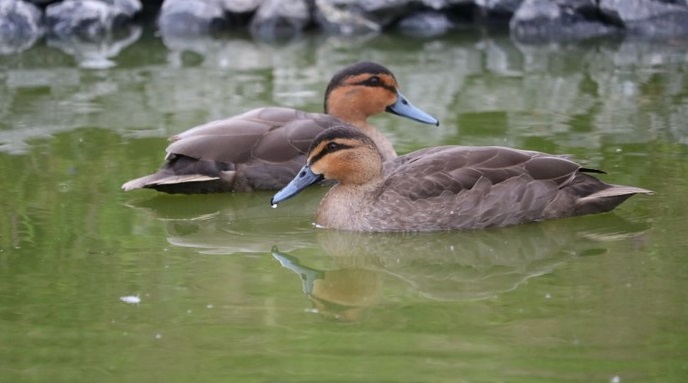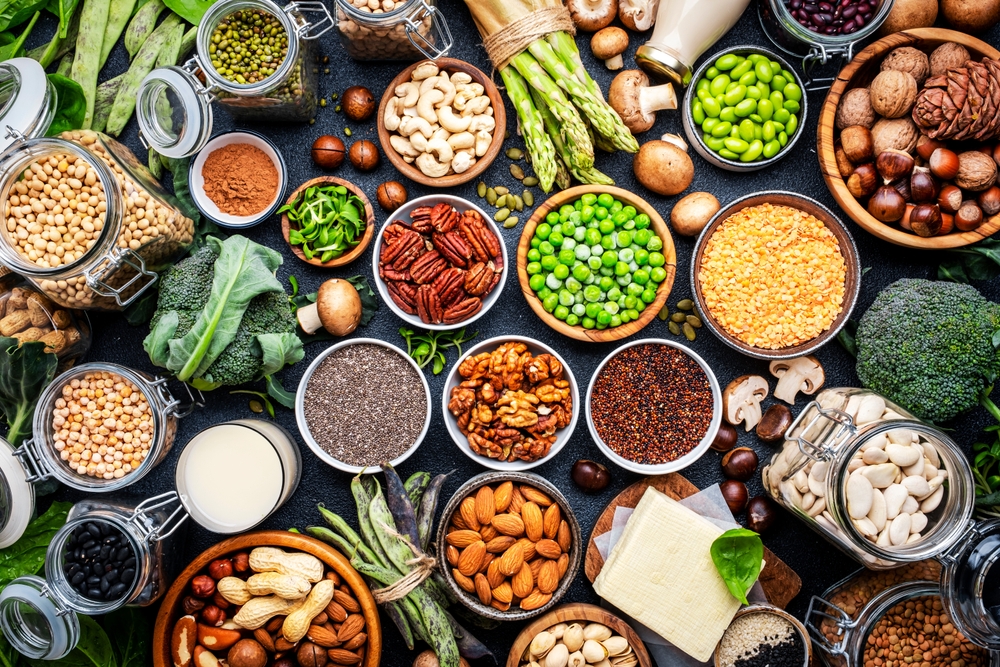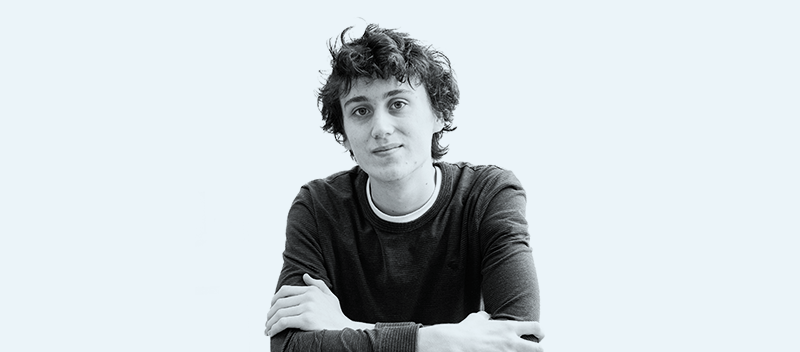The boys and girls from the same nest look different. Unusual, says ecologist Jente Ottenburgh of Wildlife Ecology and Conservation, as both parents are so-called sexually monochromatic. That is, the males and females look the same. Their offspring, however, does not.
Ottenburghs published these findings in Ecology and Evolution. This phenomenon occurred in Jan Harteman’s barn in Winsum. Harteman breeds and keeps aquatic birds and is usually wary of cross-breeds. He knows Ottenburghs and his research, however, so he sent an email to inquire whether he might be interested ‘otherwise they will end up in the stew’.
A cross-breed between these two species has never been described
Jente Ottenburghs, ecologist at the Wildlife Conservation and Ecology group
‘I asked him to allow them to mature’, Ottenburghs says. ‘A cross-breed between these two species has never been described.’ Not surprising, as the two species are geographically separated, as the names suggest. Normally, they would never meet. Ottenburghs was even more excited when he spotted the different exterior characteristics of the birds’ offspring.

The parents’ evolutionary lines diverged some thirteen million years ago. Their ancestors were likely sexually dimorphous: with males and females having different exterior characteristics. In the course of evolution, this difference disappeared. Harteman’s hybrids have, in fact, reversed millions of years of evolution.
Haldane’s rule
But this innovation is not a lasting one. Two of the four chicks have since mated and laid eggs. These eggs appear to be infertile. Probably because of the female, Ottenburghs explains. ‘Haldane’s rule states that the genus with two different sex chromosomes is responsible for infertility after cross-breeding. In mammals, that is the male; in birds, the female.’
In ducks, the male plumage is the standard
The unusual ducks are interesting in order to understand how differences in colour emerge, according to Ottenburghs. ‘The genetics behind it is fascinating. It is likely related to oestrogen. In ducks, the male plumage is the standard. The female plumage is the result of the production of oestrogen.’
Oestrogens
That internal oestrogen production is prompted by certain genes being activated or deactivated. This is caused by so-called modifier genes. Because of the difference in colouration in the offspring, Ottenburghs suspects that these modifiers are linked to the sex chromosomes. He would like to do more research with more hybrids. Owner Hartemans is, however, far from eager.

 Photo Jan Harteman
Photo Jan Harteman 

